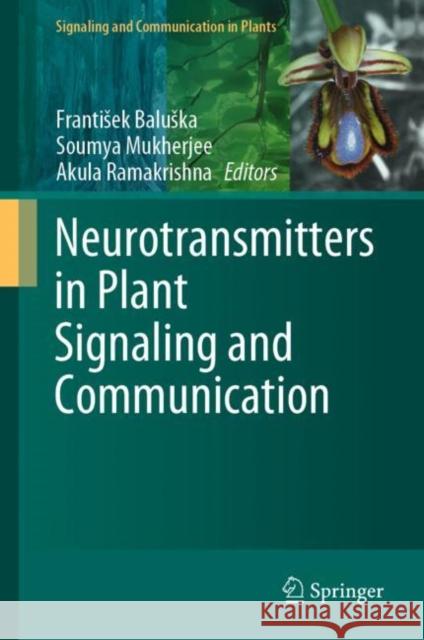Neurotransmitters in Plant Signaling and Communication » książka
topmenu
Neurotransmitters in Plant Signaling and Communication
ISBN-13: 9783030544775 / Angielski / Twarda / 2020 / 274 str.
Neurotransmitters in Plant Signaling and Communication
ISBN-13: 9783030544775 / Angielski / Twarda / 2020 / 274 str.
cena 644,07
(netto: 613,40 VAT: 5%)
Najniższa cena z 30 dni: 616,85
(netto: 613,40 VAT: 5%)
Najniższa cena z 30 dni: 616,85
Termin realizacji zamówienia:
ok. 22 dni roboczych
Dostawa w 2026 r.
ok. 22 dni roboczych
Dostawa w 2026 r.
Darmowa dostawa!
Kategorie:
Wydawca:
Springer
Seria wydawnicza:
Język:
Angielski
ISBN-13:
9783030544775
Rok wydania:
2020
Wydanie:
2020
Numer serii:
000376382
Ilość stron:
274
Waga:
0.54 kg
Wymiary:
23.88 x 19.56 x 1.52
Oprawa:
Twarda
Wolumenów:
01











